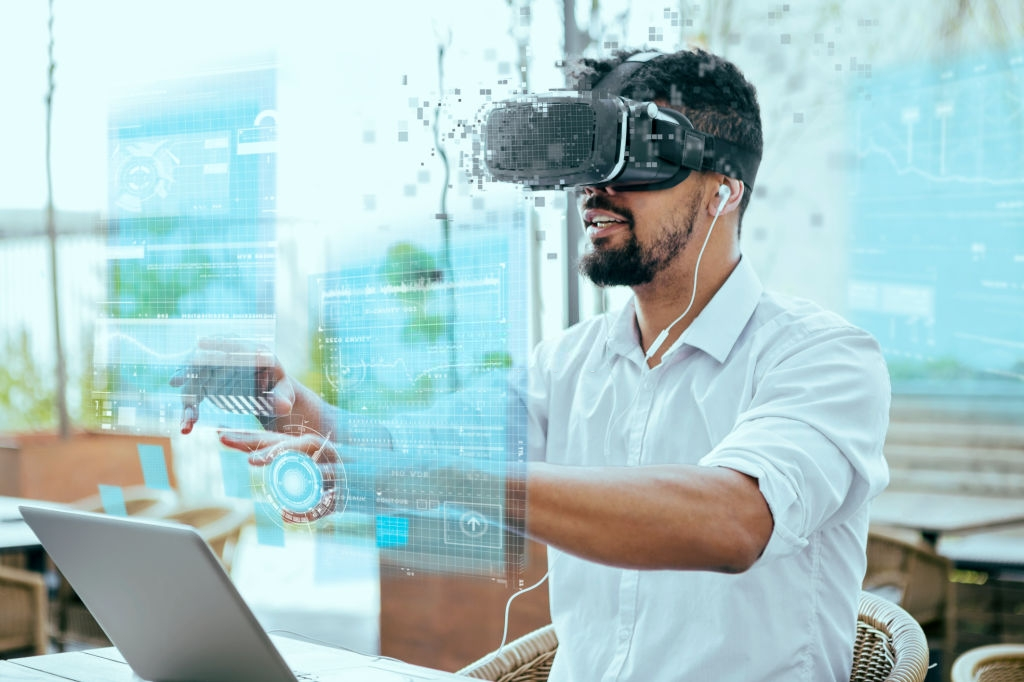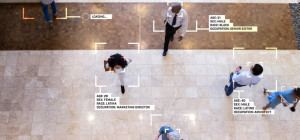 Augmented Reality (AR) technology is a type of digital technology that brings virtual objects and information into the real world, enhancing the user’s perception and experience of the physical environment around them. In recent years, augmented reality has shown immense potential in transforming education and training by creating immersive and interactive learning experiences. AR technology is poised to radically transform education and training by improving learner engagement, comprehension, and retention. This article explores the future of augmented reality in education and training and how it could revolutionize the learning experience.
Augmented Reality (AR) technology is a type of digital technology that brings virtual objects and information into the real world, enhancing the user’s perception and experience of the physical environment around them. In recent years, augmented reality has shown immense potential in transforming education and training by creating immersive and interactive learning experiences. AR technology is poised to radically transform education and training by improving learner engagement, comprehension, and retention. This article explores the future of augmented reality in education and training and how it could revolutionize the learning experience.
AR in Education
Augmented reality has become increasingly popular in education, and for good reason. AR technology can be used in a variety of educational settings, from kindergarten to higher education. AR provides a more engaging and interactive way of learning that is adaptable to various learning styles and preferences.
Traditional classroom instruction relies heavily on textbooks, lectures, and static images, which can be challenging for many students. AR provides an interactive and immersive learning experience that empowers learners to explore, visualize, and interact with virtual objects and information in real-time. This brings a new level of engagement and excitement to the learning process, making it possible for learners to be more motivated and enthusiastic about learning.
Furthermore, AR offers a flexible and personalized learning experience that adapts to the individual learner’s needs and abilities. For instance, AR can be used to create educational games that cater to different learning styles. This can include visual, kinesthetic, and auditory learners. AR can also be used for language learning, geography, history, and technical training.
AR in Training
In addition to education, augmented reality technology is also transforming training in various industries. AR technology provides a more effective and efficient method of training employees, particularly in industries where safety is critical, such as manufacturing, healthcare, and aviation.
AR technology can be used to simulate real-world scenarios in a controlled environment, allowing trainees to experience and practice how to respond to different situations. For example, an airline pilot can use AR to simulate emergency landings or other critical situations without endangering passengers or damaging expensive aircraft. Similarly, medical professionals can use AR to simulate complex procedures, enhancing their confidence and proficiency before performing them on real patients.
AR technology can also be used for on-the-job training, such as providing instructions for maintenance or repair work. For instance, AR headsets can provide step-by-step instructions for repairing a machine, enabling an employee to get the job done faster and more accurately.
Benefits of AR in Education and Training
The use of augmented reality in education and training offers various benefits that traditional teaching and training methodologies lack. Some of the major benefits of AR in education and training include:
1. Enhanced Learning Experience: AR technology provides an interactive and immersive learning experience that allows learners to explore and interact with virtual objects and information in real-time. This makes the learning experience more engaging, exciting, and memorable.
2. Personalized Learning: AR technology adapts to the individual learner’s needs, preferences, and abilities, making it possible to cater to different learning styles.
3. Better Retention: Since AR technology creates a more engaging and immersive learning experience, learners are more likely to retain the information they learn. This is because AR provides more opportunities for repetition and recall, making it easier for learners to remember what they have learned.
4. Improves Safety: In industries such as manufacturing, healthcare, and aviation, AR technology provides a safe and controlled environment for trainees to practice and improve their skills. This reduces the risk of accidents and errors, enhancing safety in the workplace.
5. Increases Efficiency: AR technology provides a more effective and efficient method of training. This is because it allows trainees to practice in a simulated environment, reducing the need for physical equipment, traveling to off-site locations, and other logistical challenges.
Challenges of AR in Education and Training
Despite its potential, the adoption of AR in education and training is still in its early stages. The use of AR technology in education and training faces several challenges, including:
1. Limited Access: The cost of purchasing AR devices can be prohibitively expensive, particularly in developing countries where resources are scarce.
2. Technical Support: AR technology requires technical support and maintenance, which can be prohibitively expensive for many educational institutions and training organizations.
3. Lack of Expertise: There is a shortage of educators and trainers who are trained in the use of AR technology. This means that there is a need for AR training programs for educators and trainers to ensure that the technology is used effectively in the classroom.
4. Integration with Curriculum: There is a need to integrate AR technology with curriculum standards and teaching methodologies to ensure that learning objectives are met.
Conclusion
AR technology is poised to revolutionize the learning experience in education and training. As the technology becomes more accessible and affordable, we can expect to see greater adoption of AR in educational settings. The benefits of AR technology in education and training are numerous, including enhanced learning experiences, personalized learning, improved retention, increased safety, and greater efficiency. The challenges facing the adoption of AR technology in education and training need to be addressed to ensure that this technology is used effectively to benefit learners. By combining the latest innovations in AR technology with sound educational practices, we can transform education and training to create a more engaging, interactive, and effective learning experience.








